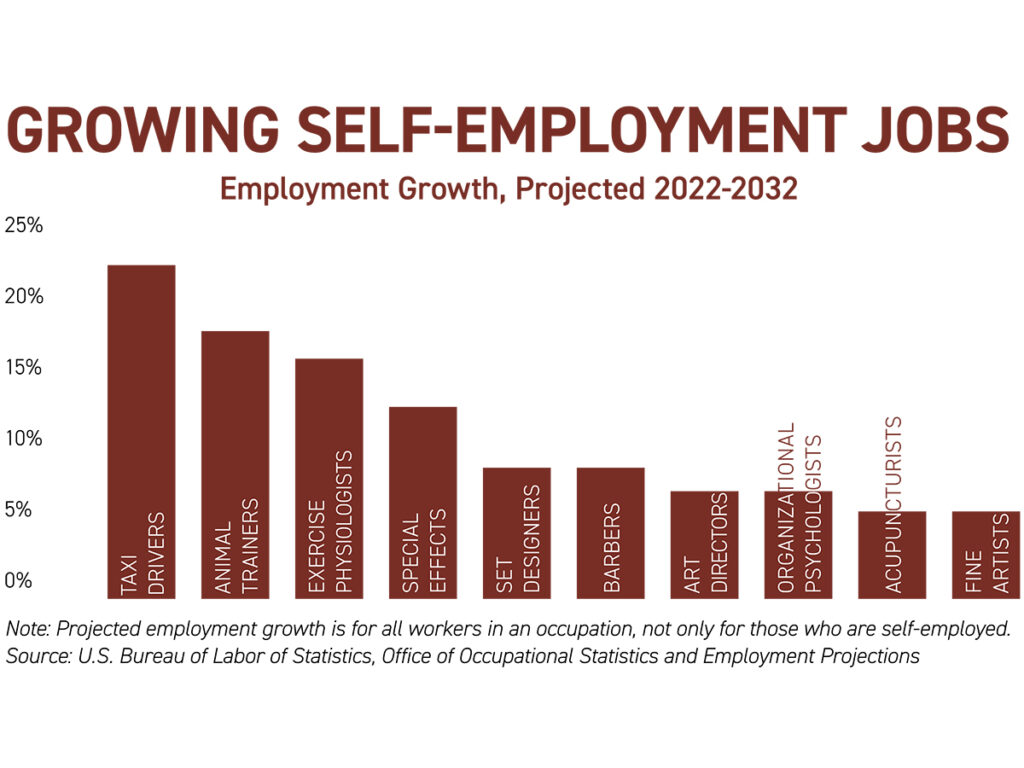Whether you have just started a side hustle or have been freelancing for years, filing taxes can present challenges. Here are some points to keep in mind.
YOUR BUSINESS STRUCTURE
As a freelancer, you can set up your business as a sole proprietor or a Limited Liability Company (LLC). An LLC can be taxed as a sole proprietorship or as a corporation.
SELF-EMPLOYMENT TAXES
If you’re new to freelancing, you might be surprised to learn that you’re on the hook for both the employee and employer share of FICA taxes. FICA tax equals 15.3% of income — 12.4% for Social Security and 2.9% for Medicare. If your income is greater than $200,000 ($250,000 married filing jointly/$125,000 filing separately), an additional Medicare tax of 0.9% applies.
QUARTERLY TAX PAYMENTS
Freelancers, small business owners, and independent contractors generally must make quarterly estimated tax payments to the IRS to avoid being subject to an underpayment penalty.
REPORTING THRESHOLD
Once the total exceeds $600, you will receive a 1099-K for any transaction settled through third-party payment networks (credit cards, debit cards, etc.). The amount doesn’t have to come from a single transaction.
CUT TAXES WITH A RETIREMENT PLAN
Self-employed individuals can reduce the amount of taxes they owe by contributing to a qualified retirement plan. A SEP (Simplified Employee Pension Plan) has a high contribution limit — 25% of net earnings, up to $69,000 for 2024.
A SIMPLE (Savings Incentive Match Plan for Employees) IRA allows you to put all your net earnings from self-employment into the plan, up to a total of $16,000 or $19,500 if 50 or over.
OTHER POTENTIAL DEDUCTIONS
You may deduct what you spend on: continuing education, vehicle expenses, home office expenses, internet and phone service, travel to business meetings and conferences, and interest on business loans.


